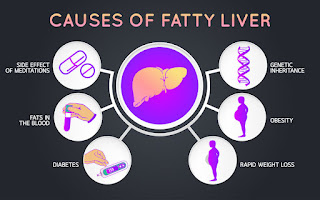In the world of weight loss strategies, one method that has gained considerable attention in recent years is intermittent fasting. With its promises of effortless weight loss and numerous health benefits, it has become a popular approach embraced by many. This comprehensive guide will walk you through the concept of intermittent fasting, how to incorporate it into your lifestyle, and the scientific reasons behind its effectiveness.
What is Intermittent Fasting?
Intermittent fasting is not a diet but rather an eating pattern that cycles between periods of fasting and eating. It is characterized by alternating periods of abstaining from food (fasting) and consuming meals within a specific time window (eating window). There are several popular methods of intermittent fasting, including the 16/8 method, 5:2 diet, and alternate-day fasting, each with its own unique approach to fasting and eating windows.
How to Do Intermittent Fasting
- Choose the method that suits you: Select an intermittent fasting method that aligns with your lifestyle and preferences. The 16/8 method is a popular choice, involving a daily fast of 16 hours and an eating window of 8 hours.
- Gradual adjustment: Start by gradually increasing the fasting period. Begin with a 12-hour fasting window and extend it by an hour each day until you reach your desired fasting duration.
- Stay hydrated: Drink plenty of water during the fasting period to stay hydrated and curb hunger.
- Nourish your body: Opt for nutritious, balanced meals during your eating window, focusing on whole foods, lean proteins, healthy fats, and fiber-rich vegetables.
- Be consistent: Establish a routine and stick to your fasting and eating windows as consistently as possible to reap the benefits of intermittent fasting.
Why Intermittent Fasting Works for Weight Loss
- Caloric restriction: Intermittent fasting naturally reduces your calorie intake, promoting weight loss. By limiting your eating window, you create a calorie deficit, leading to the burning of stored fat for energy.
- Improved insulin sensitivity: Intermittent fasting enhances insulin sensitivity, allowing your body to better regulate blood sugar levels. This reduces the likelihood of storing excess glucose as fat and promotes fat burning.
- Metabolic flexibility: Intermittent fasting trains your body to switch between burning glucose and fat for fuel efficiently. This metabolic flexibility enhances fat burning during the fasting period and supports weight loss.
- Hormonal changes: During the fasting period, levels of growth hormone increase, promoting fat breakdown and muscle preservation. Additionally, intermittent fasting may suppress the hunger hormone ghrelin, making it easier to control food intake.
Other Health Benefits of Intermittent Fasting
- Autophagy: Fasting triggers a cellular process called autophagy, in which your body breaks down old and damaged cells, promoting cellular rejuvenation and longevity
- Reduced inflammation: Intermittent fasting has been shown to reduce inflammation markers in the body, which can help alleviate symptoms of chronic inflammatory conditions.
- Brain health: Some studies suggest that intermittent fasting may improve cognitive function and protect against age-related neurodegenerative diseases like Alzheimer's and Parkinson's.
- Heart health: Intermittent fasting may improve heart health by reducing blood pressure, cholesterol levels, and triglyceride levels, thereby lowering the risk of cardiovascular diseases.
Start your intermittent fasting journey today and discover the transformative power of this simple yet powerful approach to health and weight management.




















